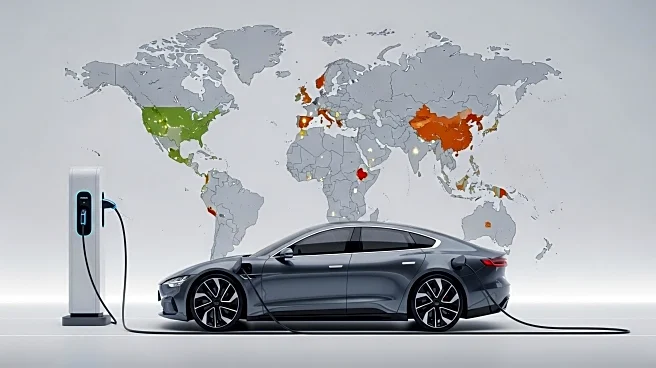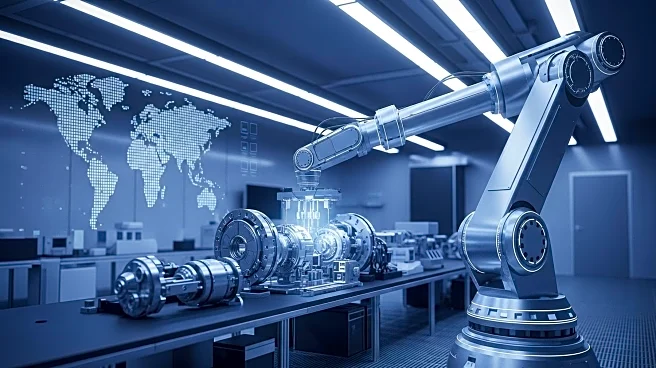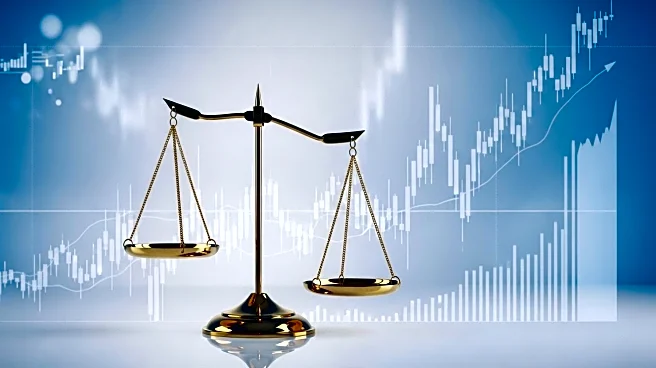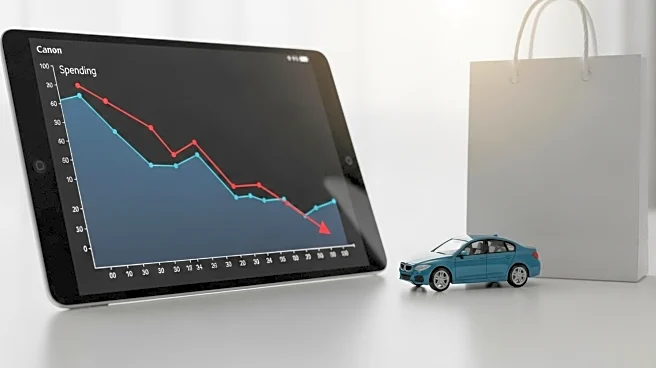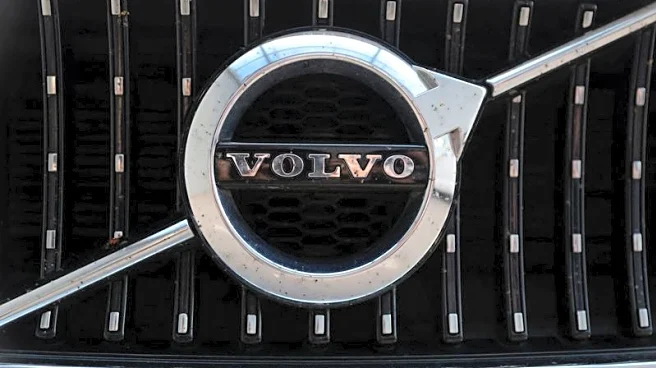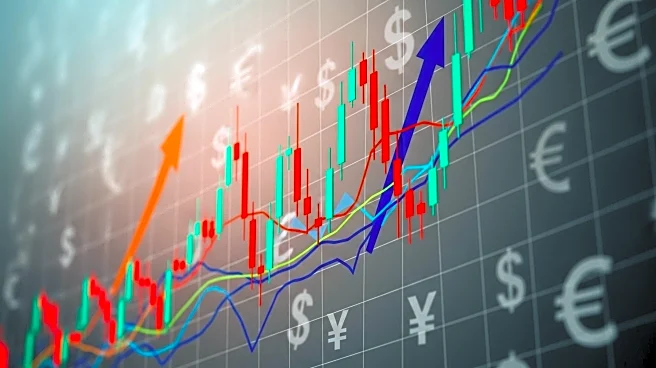What's Happening?
New car sales in the U.S. have experienced an unexpected boost as consumers rush to purchase vehicles ahead of potential tariff increases and the expiration of federal electric vehicle credits. Cox Automotive has raised its 2025 sales forecast to 16.1 million vehicles, up from previous estimates, due to stronger-than-expected demand. This surge is attributed to consumer fears of rising prices and the end of up to $7,500 federal credits for electric vehicles. The automotive industry has benefited from this pull-ahead in sales, although analysts predict a slowdown in the fourth quarter.
Why It's Important?
The increase in new car sales highlights the impact of regulatory changes and consumer behavior on the automotive market. The rush to purchase vehicles before tariffs and credit expirations reflects broader economic uncertainties and the influence of government policies on consumer decisions. This trend underscores the importance of strategic planning for automotive companies, as they navigate fluctuating demand and regulatory environments. The boost in sales provides temporary relief to the industry, supporting economic activity and employment within the sector.
What's Next?
As the federal electric vehicle credit expires, the automotive industry may face challenges in maintaining sales momentum. Companies might need to adjust pricing strategies or offer incentives to attract buyers. The potential for new tariffs could further complicate market dynamics, prompting industry stakeholders to advocate for policy stability. The anticipated slowdown in sales may lead to strategic shifts in production and marketing efforts, as companies seek to balance supply and demand.
Beyond the Headlines
The current sales surge reflects broader economic and policy uncertainties, highlighting the need for adaptive strategies in the automotive industry. It raises questions about the long-term sustainability of sales growth and the role of government incentives in shaping market trends. The situation also emphasizes the importance of consumer confidence and its influence on economic activity, suggesting potential areas for policy intervention to stabilize market conditions.

